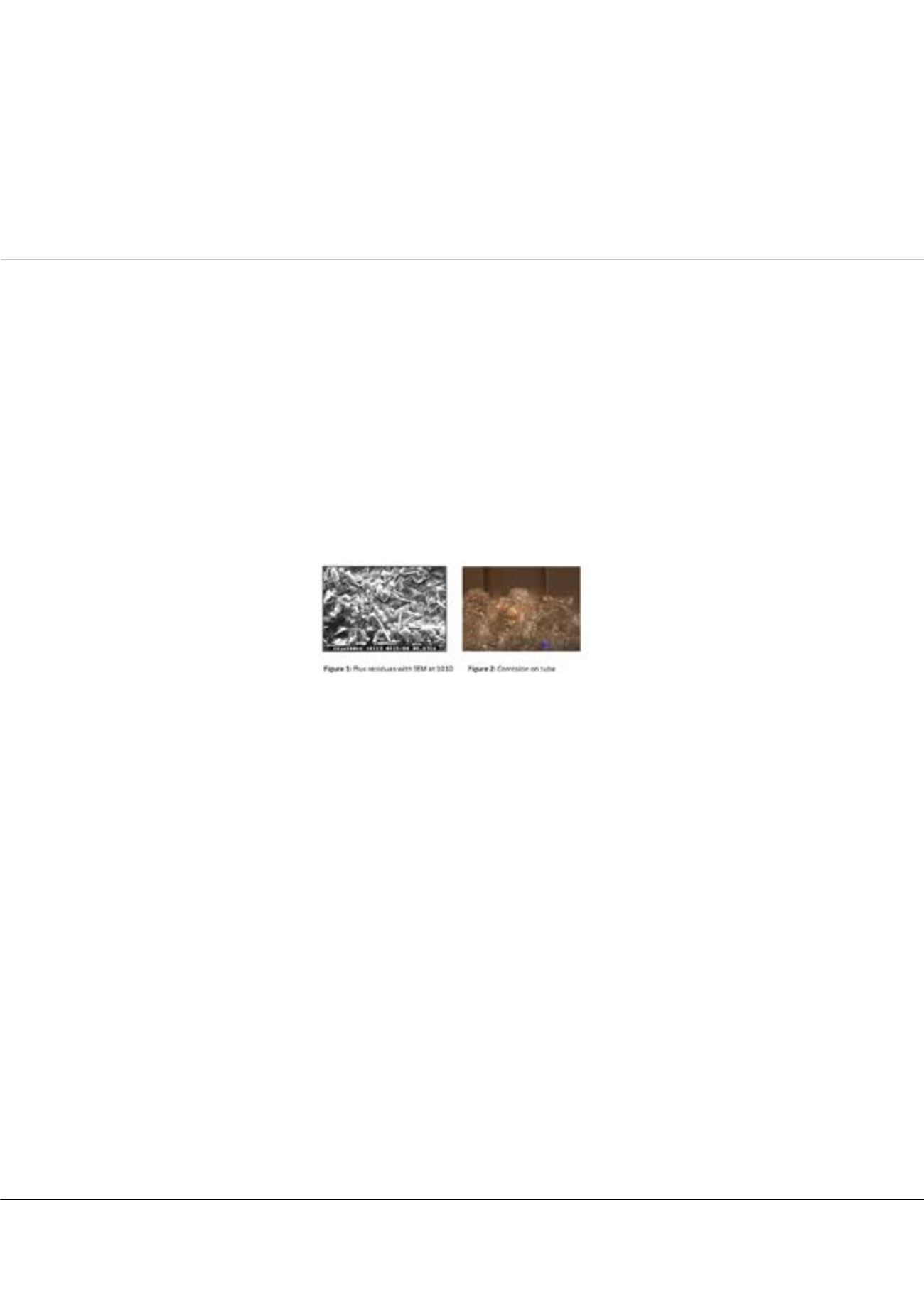

Page 28
Notes:
conferenceseries
.com
November 13-15, 2017 | Las Vegas, USA
14
th
International Conference and Exhibition on
Materials Science and Engineering
RRJOMS | Volume 5 | Issue 7 | November, 2017
Impact of the residual flux reduction on the internal corrosion behavior for the automotive brazed heater cores
Philippe Da Silva
and
Vincent Joubier
Valeo THS, France
T
he Nocolok® flux is used in the worldwide technology of heat exchangers to remove the aluminum oxide during the controlled
atmosphere brazing. This flux (mixture of Potassium (K), Aluminum (Al), Fluorine (F)) is known to react with corrosion
inhibitors of coolants. Furthermore, the several temperature cycles, the coolant ageing and the inhibitors consumption have an
impact on the internal corrosion behavior of heat exchangers. That is the reason why car manufacturers ask to reduce the residual
flux amount inside parts. The challenge of VALEO is to minimize the flux quantity while maintaining a good brazing quality and also
staying at high level of robustness and reliability. A method to quantify the residual flux inside exchangers has been developed. The
impact of the residual flux reduction on the internal corrosion behavior has been studied thanks to an internal corrosion reliability
test developed by VALEO. This test called DECLIC (Degraded Coolant for Internal Corrosion test) will give us the benefit or not to
reduce the flux quantity inside parts during the brazing process.
Biography
Philippe Da Silva is 36 years old and has been working for VALEO since 2006. He is a VALEO material expert since 2011. He is specialized in aluminum exchangers and
also in corrosion tests. He has written 4 publications on the corrosion topics applied on automotive brazed Heat Exchangers.
philippe.da-silva@valeo.comPhilippe Da Silva et al., Res. Rev. J Mat. Sci. 2017, 5:7
DOI: 10.4172/2321-6212-C1-011
















